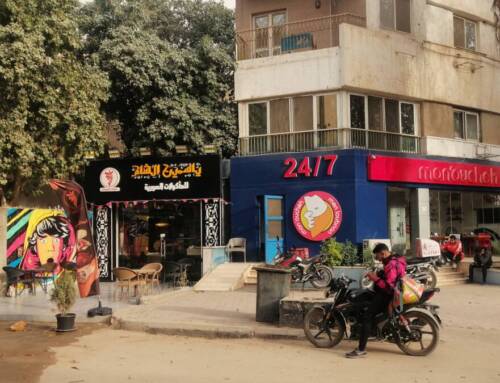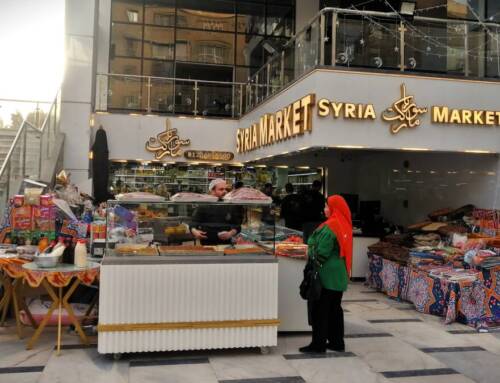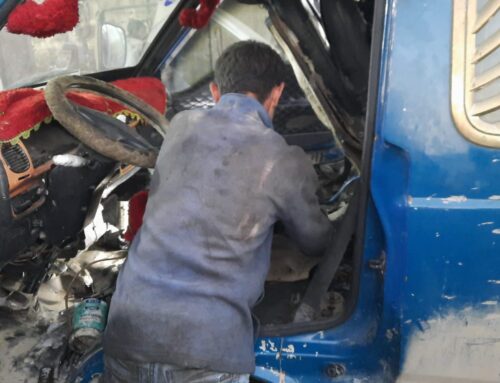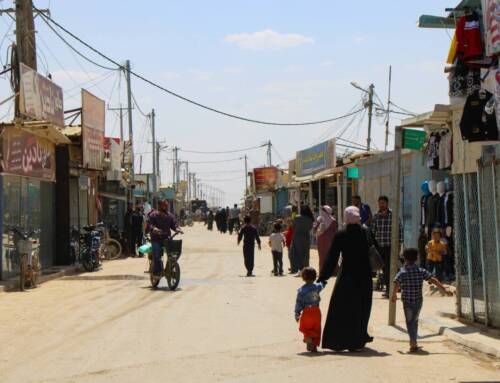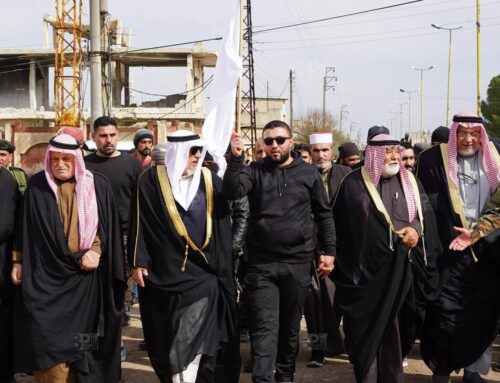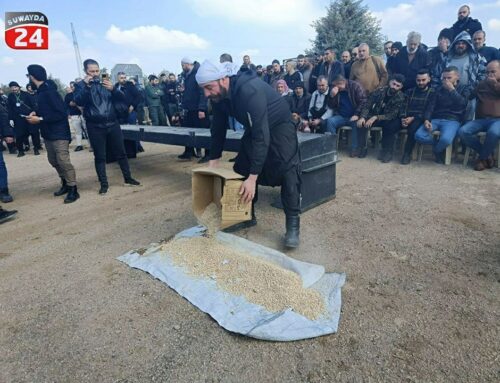US-backed SDF battles to capture final IS stronghold in eastern Syria
A US helicopter above SDF territory in eastern Syria on Tuesday. […]
12 September 2018

AMMAN: US-backed Kurdish-majority forces assaulted Islamic State positions along the banks of the Euphrates River on Wednesday, a day after American-led coalition forces announced the beginning of a major offensive to oust the group from its final stronghold in eastern Syria.
Some 6,000 fighters from the US-supported Syrian Democratic Forces (SDF)—a Kurdish-majority fighting force created in 2015 to battle the Islamic State (IS)—are participating in the campaign to capture the IS-controlled Hajin region along the eastern banks of the Euphrates River in southern Deir e-Zor province, an SDF commander told Syria Direct on Tuesday.
Hajin, under IS control since mid-2014, is a densely populated region close to the Syrian-Iraqi border where large numbers of the group’s leadership have entrenched themselves, according to Leilawa al-Abdullah, a spokesperson for the SDF-administered Deir e-Zor Military Council.
The Hajin region is “one of Daesh’s final pockets [in Syria], and one of its most important military strongholds,” she told Syria Direct late Tuesday evening, using an Arabic acronym for IS.
The campaign, which was launched on Monday and announced officially on Tuesday, seeks to “eradicate terrorism” in eastern Syria, al-Abdullah added.
The operation—dubbed Jazira Storm by the SDF and Operation Roundup by coalition forces—captured a number of IS positions both near the city of Hajin and further south along the Euphrates River, killing 41 IS fighters and destroying a number of tanks and armored vehicles under the group’s control, an SDF statement released on Wednesday said.
The “most violent fighting” has centered around the village of al-Kasra, just south of Hajin city, where Islamic State forces have killed six SDF fighters since Monday, according to Wednesday’s statement.
However, coalition and SDF officials have signaled that capturing Hajin will likely be a long and costly battle.
In videos released by IS on Tuesday, the group’s fighters appeared to clash with the SDF near the village of Baghouz Fouqani, roughly six kilometers west of the Syrian-Iraqi border. Several dead SDF fighters, their bodies placed in a pile by IS militants, are also visible in one IS video.
The unknown number of IS militants battling the SDF in Hajin are well armed and entrenched in their positions, an SDF official in the area told Syria Direct on Tuesday.
The official, speaking on condition of anonymity because he was not authorized to speak to the press, added that IS is targeting SDF armor and vehicles with American-made TOW guided anti-tank missiles.
Wednesday’s fighting came after a night of intense coalition bombardment on Hajin city, with local pro-opposition outlet Euphrates Post reporting that coalition artillery struck once every five minutes through the night.
On Tuesday, videos posted online appeared to show IS forces burning tires in Hajin—reportedly in an attempt to prevent airstrikes by coalition warplanes.
Coalition warplanes have frequently targeted the Hajin area, with a dozen officially reported airstrikes targeting IS positions in Syria near the city of Abu Kamal in the week before the start of the Hajin offensive.
Speaking to Syria Direct via email on Wednesday, a US Central Command (CENTCOM) spokesperson said airstrikes were being conducted “in a manner that minimizes their impact on civilian populations.”
At the same time, Hajin is home to tens of thousands of Syrians residing in a relatively small slice of territory, some 35 kilometers by 10 kilometers.
Fighting between the SDF and IS in Hajin has displaced a large number of civilians, SDF spokeswoman al-Abdullah told Syria Direct, adding that the SDF has established a number of humanitarian corridors and temporary shelters for the displaced outside of IS-held territory, al-Abdullah said.
At IS’ peak in 2014, the hardline group occupied a vast swathe of territory stretching across Syria and Iraq roughly equal to the size of the United Kingdom. From 2015 onwards, simultaneous military offensives by Turkish-backed rebel fighters, US-backed Kurdish-majority forces as well as the Syrian government and its allies systematically routed IS forces from their territory throughout Syria.
Today, IS controls only one percent of its former territory and has largely retreated into the sprawling deserts of Iraq and Syria. IS has carried out a number of assaults on civilian and military targets in Syria in recent weeks, most notably a deadly attack on two villages in the Druze-majority Suwayda province in southwestern Syria.
Additional reporting by Jodi Brignola.


